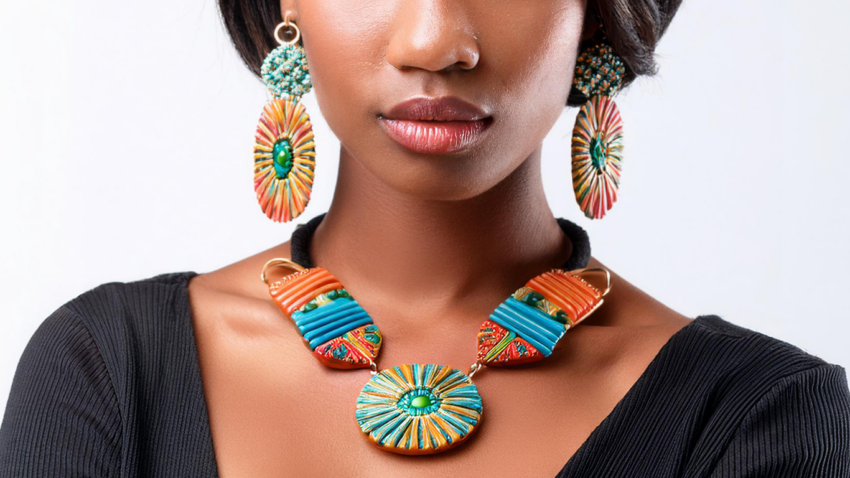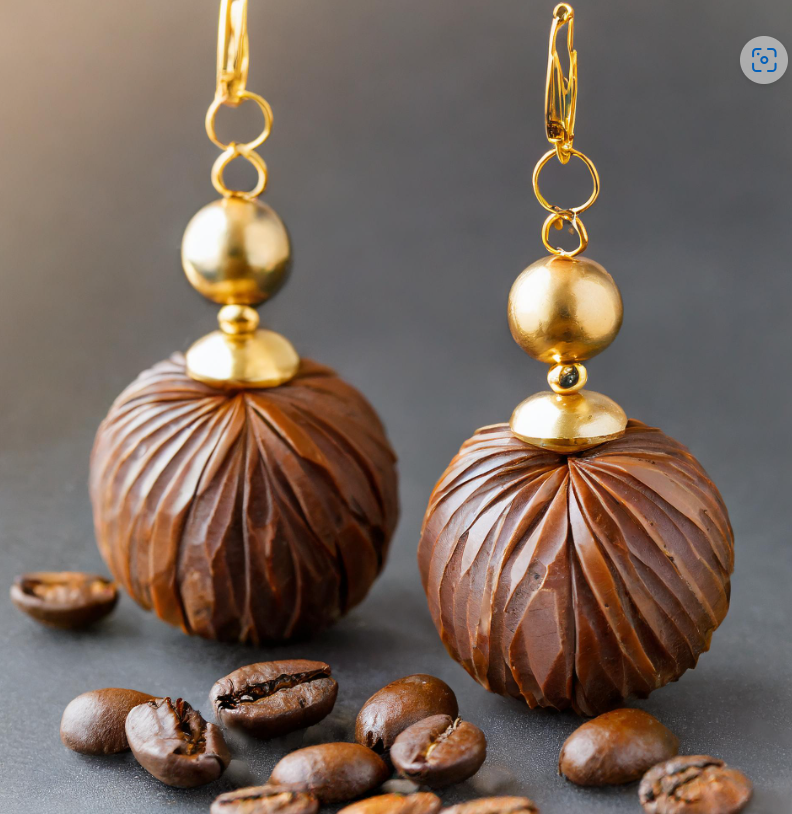One of the easiest ways to create some unique designs in polymer clay is to combine two or more colors to create a “skinner blend.” For example, you can create gradient colors by blending two or three colors (or more) by repeatedly rolling the clay flat or with a pasta machine. This is how it works:
- Condition your clay for at least 10-15 minutes, in order to make it pliable, without cracking or crumbling and the edges and seams can be invisibly blended, so the end result will be smooth.
- You can also hold the clay in your hands and squeeze it, twist it, rotate it, and just “work” it long enough to make it soft enough to easily mold. This process is similar to conditioning bread dough.
- An excellent tool for this next process is the use of waxed or parchment paper, also referred to as deli or patty paper, which can be placed under the clay, as well as on top of the clay during the rolling process. It keeps the clay clean, and helps to keep the clay from sticking to roller.
- To combine into a gradient, press two or more colors into flat strips about 1/8th of an inch thick, roll with an acrylic roller or in a pasta machine to smooth and flatten, then fold the clay in half so the same colors are overlapping, and roll again with your roller, or pasta machine. Repeat this process several times, until you see the edges of the colors blending to make gradient strips between each color. The more you flatten and roll, the more the colors will blend together.
- Then, to create your shape, lay your clay flat (referred to as a slab) on a non-stick, bakeable, white porcelain tile or other white non-stick, bakeable material.
- Cut the edges evenly with a clay blade (similar to a long, thin razor blade, but not as sharp)
- Using a cardboard, plastic or metal stencil, cutout or pattern, press it into the clay slab, or use a sharp knife or cutting tool to outline the cutout or pattern to create the shape you want.
- Another easy way to create shapes is to use cookie cutters, or polymer clay cutters. The best material for cutters is aluminum, hard plastic or glass, since these materials do not easily stick.
- If your clay is too soft and tends to stick to your knives or cutters, you can dip these in baking soda to make a thin release agent for your tools.
- Once you cut the shapes, set your toaster oven or kitchen oven to the temperature showing on your clay package for it to pre-heat. This is referred to as “curing.” I usually set my large toaster oven to 275 degrees F and cure for 50 minutes. But each clay manufacturer indicates the optimal temp and time baked on the package.
- After curing your clay, it is recommended that you let it fully cool before the next step.
- After cooling completely, you can sand and/or buff your clay with fine sandpaper and soft cloth, so the sides or edges are smooth, and the colors are more vibrant.
- If you would like to add a sealant or glaze, this is optional, but often enhances the colors and designs. This will be discussed in a separate post.
- After you have completed the above steps, it is time to “poke” a hole in the top center of the clay to add jewelry hardware or “findings.” For example, earrings would need “jump rings” and earring hooks (various options available). A pendant would need a metal base, wire wrapping, or “pinch bail or bale,” or other type of looped connector, in order to thread a chain, leather string or ribbon of various lengths, of your choice.
- Wear and enjoy your new, beautiful, unique designs and feel beautiful, because you are!
- Subscribed to our monthly newsletter to get more tips and directions of how to create your own designs in polymer clay, including various ways to add color, gold specs, shimmering effects, pastel colors, a faux stone-look, and more!


